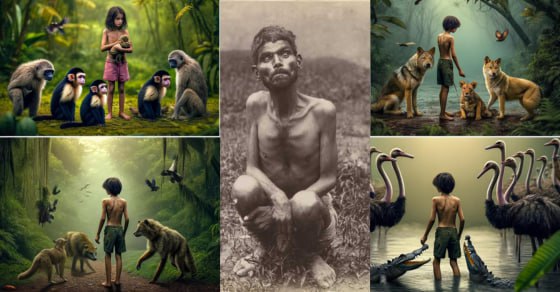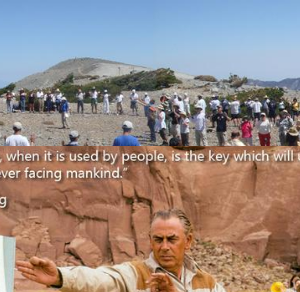In the secluded Bulandshahr District of India, a remarkable discovery was made on a February Saturday in 1867. A band of hunters, venturing deep into the untamed jungle, stumbled upon a mystery that would weave a narrative spanning the realms of myth and reality. This narrative chronicles the life of Dina Sanichar, a feral child whose existence, though devoid of the enchanting elements of Disney tales, made a significant impact on historical records. It’s speculated that his life story may have served as an inspiration for the beloved character Mowgli in Rudyard Kipling’s literary classic, “The Jungle Book.”
The Discovery of Dina Sanichar
Dina Sanichar was found by these hunters as a boy who ambulated on all fours out in the wild in the company of a wolf. Despite multiple efforts to coax him from the wilderness, the hunters ultimately succeeded, but at the cost of the wolf’s life. Subsequently, Dina was transported to an orphanage, where he was christened ‘Sanichar’ by the missionaries, in homage to the day of his arrival.
Upon his arrival at the orphanage, it was evident to all that Dina’s upbringing was far removed from human civilization. The missionaries quickly realized his inability to stand upright or communicate verbally, noting his preference for raw meat over cooked meals. The task of integrating Dina into society fell to Reverend Erhardt Lewis, who faced formidable challenges in teaching Dina basic human behaviors, including speech, dressing, and societal norms.
The Struggle Between Wild Instincts and Societal Expectations
Dina exhibited a profound resistance to conventional human practices. He did not take well to clothing, preferred walking on all fours, and communicated through animalistic sounds, which led Reverend Lewis to label him as an “imbecile” in frustration. Efforts to humanize Dina, teaching him to walk upright on his own 2 legs and the wearing of clothes, were met with resistance, as he continued to manifest a preference for his untamed roots. He showed an affinity for smoking tobacco, showing signs that he was working on dealing with his struggle between his old life in the wild and his new humanistic ways of life.
A fascinating aspect of Dina’s story is his relationship with other feral children at the orphanage. This unique fraternity shared a deep understanding and common experiences, providing each other with solace amidst the challenges of integrating into human society. Reverend Lewis noted the profound bond among these children, emphasizing their collective resilience in the face of extraordinary life circumstances.
Dina Sanichar’s Legacy
Dina Sanichar passed away in 1895, yet his legacy lives on, even today, transcending the confines of the orphanage to contribute to the discourse on feral children and the interplay between civilization and wilderness. The prevalence of feral child cases in 19th-century India prompts a reflection on societal perceptions and the adaptational challenges faced by these children.
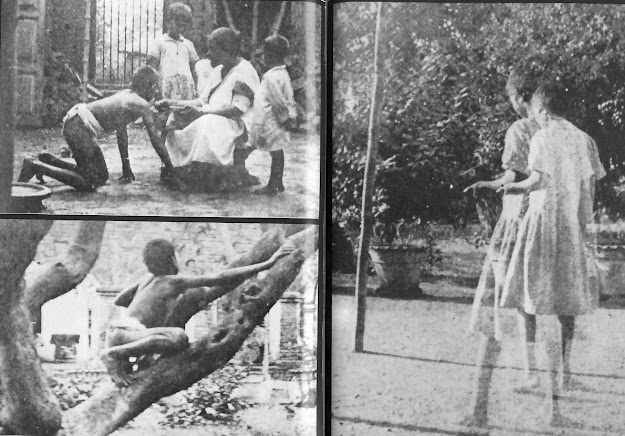
Cultural Reflections and the Legacy of “The Jungle Book”
In 1894, Rudyard Kipling authored “The Jungle Book,” influenced by the rich cultural mosaic of India. While it remains speculative whether Dina had a direct impact on the creation of the character Mowgli, numerous accounts of feral children from Kipling’s era suggest a cultural context that could have informed the story’s development. The jungle, as depicted in both reality and fiction, emerges as a realm where the boundaries between the untamed and the civilized fade.
The details of Dina Sanichar’s early life remain enigmatic, with various accounts offering differing perspectives on his childhood. There is speculation among some that his abandonment in the jungle was due to physical or mental health issues. Observing similar instances of children raised in the wild, it becomes apparent how challenging yet intriguing it is for them to assimilate into human society.
Dina’s narrative, whether viewed as a real-world counterpart to Mowgli or as a distinctively singular case of a wild child, prompts reflection on the delicate balance between the civilized world and the untamed natural environment. Despite facing numerous hardships, Dina exhibited remarkable resilience, prompting a deeper contemplation of human nature. His story invites us to consider the capacity for human adaptation and the enigmatic aspects of our collective history, serving as a testament to the human spirit’s perseverance through unconventional childhood experiences.
Moreover, Dina’s tale is but one among several from the late 19th century in India, a period marked by the discovery of other children who had lived in the wild, each grappling with their own set of challenges in integrating into human society. Tragically, Dina’s cognitive development was hindered, and his life was cut short at the age of 29, possibly due to complications from tuberculosis, exacerbated by his tobacco use.
Exploring the Phenomenon of Feral Children Beyond India
The narrative of Dina Sanichar is part of a broader exploration of feral children, including remarkable cases like Marina Chapman, who was raised by capuchin monkeys; Sidi Mohamed, nurtured by ostriches; and an Argentinian toddler who found companionship among wild cats. These stories illuminate the human capacity for resilience and adaptation across diverse circumstances.
International Cases of Feral Children
- Marina Chapman’s Survival Among Monkeys: Kidnapped and dumped in the Colombian jungle, Marina was Lucky enough to be adopted by a group of capuchin monkeys where Marina learned survival skills from them. 5 years later she was rescued by hunters, sold to a brothel, and later escaped to establish a life in England. Despite skepticism there are several scientific studies and a documentary to support her extraordinary story.
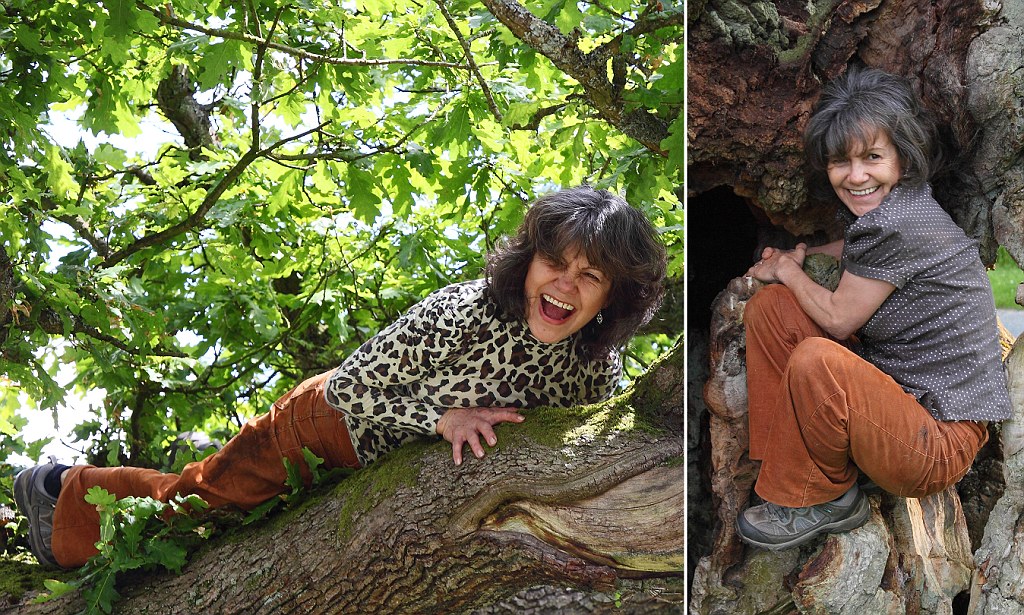
- The Argentinian Toddler and His Dog Protectors: Left by his mother at the age of 10 or 11, Chile’s “Dog Boy” found a new family among a pack of dogs. He adopted their ways, learning to scavenge for food alongside them. Upon discovery by law enforcement, he displayed severe signs of depression and aggression, highlighting the difficulties faced when attempting to reintegrate feral children back into human society.
- Ng Chhaidy – Four Decades in the Wilderness: At just four years old, Ng Chhaidy disappeared into the jungle, only to be found 38 years afterward in Myanmar. Impressively, she displayed behaviors akin to those of a socialized human, showcasing the remarkable flexibility of the human mind to adapt to a life amidst nature.
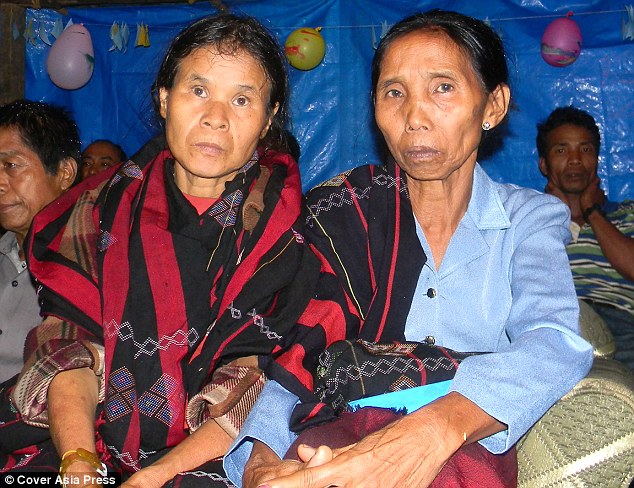
- Sidi Mohamed, the Ostrich Boy: Sidi Mohamed, dubbed the “ostrich boy,” strayed from his family in North Africa when he was just a child and sought sanctuary among ostriches. These birds took him under their wing, imparting essential survival techniques. By the time he reached 12, ostrich hunters facilitated his reunion with his family.
Ramachandra – The Amphibious Boy
In the late 1960s in India, the unusual case of Ramachandra, often compared to an amphibian for his ability to survive both in water and on land, captured public attention. Discovered living alongside crocodile-infested rivers, Ramachandra’s diet consisted mainly of raw fish, indicating his partial adaptation to a non-human lifestyle. First noticed by the wider community in 1973, he was brought into mainstream society in 1979, highlighting a rare instance of a human being integrating elements of wild survival into his existence. Tragically, his life met a premature end in 1982 when a misunderstanding led to a fatal encounter with a local woman, who, acting out of fear, caused his death by scalding him with boiling water.
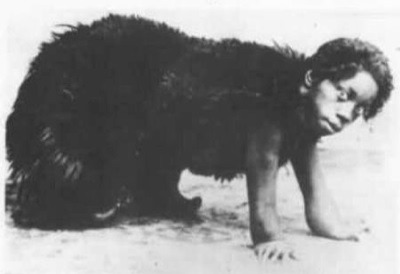
Ramachandra’s story is emblematic of the broader challenges faced by feral children in adapting to the structured norms of human society. His journey from a life among nature to a tragic confrontation with civilization underscores the complex interplay between innate behavior and societal expectations. This case, along with others like it, underscores the resilience and adaptability inherent in humans, even when raised under extraordinary circumstances. It also highlights the critical need for specialized support and understanding to facilitate the integration of feral children into society, pointing to the importance of addressing the unique developmental needs of these individuals to ensure they can lead fulfilling lives within the human community.
These stories demonstrate the incredible resilience and adaptability of individuals raised in the wilderness. While their experiences are both astonishing and poignant, they underscore the difficulties these people face when integrating into human society. The crucial period for learning language and social behaviors is vital, indicating the need for varied approaches to support children with such unique upbringings in achieving fulfilling lives.
